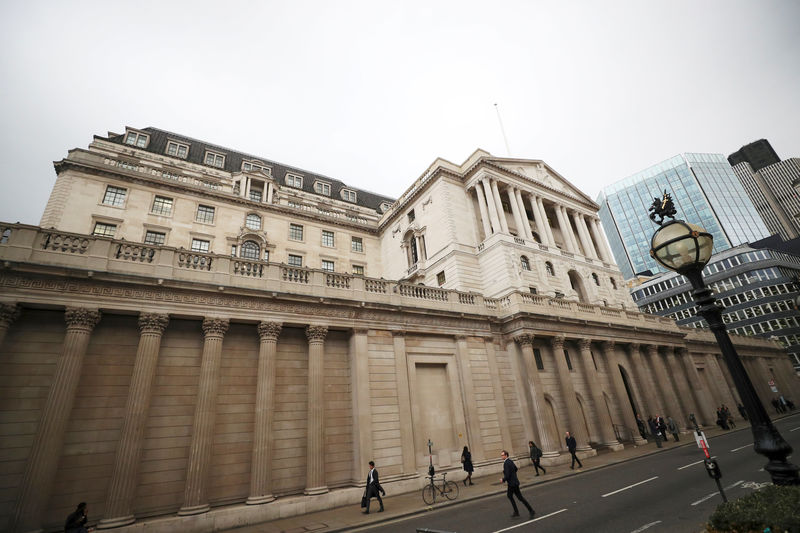Investing.com -- Gold prices drifted fractionally higher on Wednesday as an unmistakeable end-of-year feeling started to settle into markets, now that at least partial resolution has been reached on issues such as the U.S.-China trade war and Brexit.
By 11:15 AM ET (1615 GMT), gold futures for delivery on the Comex were unchanged at $1,479.65 a troy ounce, while spot gold was down less than 0.1% at $1,475.18.
Silver futures edged 0.2% lower to $17.04 an ounce, while platinum futures rose 0.7% to $935.65.
With both the Federal Reserve and European Central Bank affirming last week that they’re stuck in neutral for the time being, the focus is shifting this week to the Bank of England and Bank of Japan, both of which hold policy-making meetings on Thursday.
The announcement by Prime Minister Boris Johnson reviving the awareness of “No-Deal Brexit” risk (which never actually went away) has shifted opinion back toward the notion that the BoE may have to cut interest rates again to support an economy that will still be laboring next year. That depressed sterling for a second day running on Wednesday and supported gold at the margins.
Another central bank widely expected to cut interest rates is the Bank of Mexico, now that the revised USMCA deal is largely assured.
The Bank of Japan and Norway’s central bank are expected to stay on hold.
However, there is one monetary institute that is expected to tighten policy: Sweden’s Riksbank has already flagged that it wants to end its experiment with negative interest rates, uneasy at the sight of growing financial stability risks. It’s expected to raise its key rate to 0% from -0.25%.
